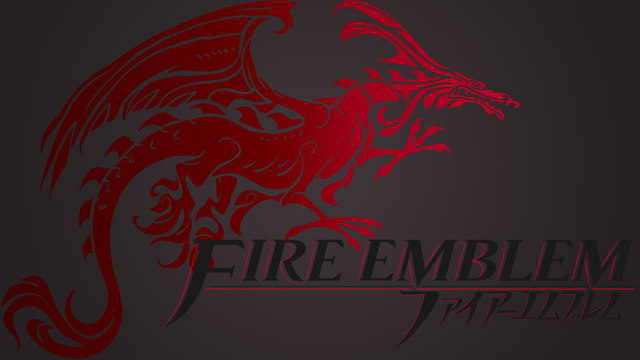
Earlier this month, fans of JRPGs, and especially those of the Fire Emblem series, could finally put their hands on the remake of the classic Fire Emblem Gaiden from 1992, titled Fire Emblem: Echoes - Shadows of Valentia.
This is one of a few marketing and development strategies by Nintendo to respond to the ever-growing popularity of the Fire Emblem series, which include Fire Emblem Heroes for iOS and Android, and two more upcoming games for Nintendo Switch, which are scheduled for release in 2018.
And with a new game just released and more on the horizon, now is a great opportunity to remember all the main titles of this most excellent series of JRPGs -- and rank them from their worst to best. So let’s begin!
Fire Emblem: Shadow Dragon and the Blade of Light (1990)
The RPG genre wasn’t all that new in 1990 Japan, but Shadow Dragon still managed to surprise everyone with its innovative gameplay mechanics and unique story elements. However, that is where the list of positive things ends. The first Fire Emblem was a critical disaster and was mostly panned for having terrible graphics.
At first, audiences didn’t understand the rules of the game, and the story seemed convoluted, with only a few well-developed characters. But as time passed, it became clear that Nintendo might be holding a series of great potential in their hands, and the much better sequel was eventually put into production.
Fire Emblem Gaiden (1992)
Gaiden improved on everything from the original, from story elements to gameplay mechanics (e.g. class evolution). This made Fire Emblem Gaiden a much more enjoyable and accessible game than the first one. One of the most welcomed changes came in the departments of character animation and overall graphical design, which came in the form of a much more elegant presentation.
Another thing that made Gaiden a unique game was its original soundtrack, one that is considered one of the best in the series even today. But unfortunately, the original game didn’t stand the test of time too well, so Nintendo commissioned the Shadows of Valentia remake.
Fire Emblem: Genealogy of the Holy War (1996)
This is the fourth game in the Fire Emblem series, and it’s a long and hard game. Spanning 11 chapters in total, it takes several hours to complete each chapter, (which was unheard of at the time) making this installment in the franchise one of the longest.
The combat system was completely redesigned in order to align the game with other RPGs of that era, making it more flexible than previous entries. On top of that, players could choose between different tactical decisions on how to approach each of the challenges presented.
At that point, the Fire Emblem series confidently set its foot in the RPG genre as one of its most iconic representatives.
Fire Emblem: Radiant Dawn (2007)
Out of all modern console Fire Emblem games, Radiant Dawn is the one that looks the worst: its graphics and visuals are mediocre at best. Even prior games on the GameCube looked better than Radiant Dawn. (Maybe it was due to the limitations of the Wii?)
And although the game preserves the traditional Fire Emblem gameplay with an excellent story and characters, the difficulty level is punishingly high, so new players should look for another series entry (e.g. Shadows of Valentia) if they want to start playing the series without a steep learning curve.
Fire Emblem: Mystery of the Emblem (1994)
Mystery of the Emblem is undoubtedly the most successful vintage Fire Emblem game. This entry was released after Gaiden, but it was more of a sequel to the first game than the second one, which was unique in its own way. It even used the same textures as Shadow Dragon, but on a new SNES system, they looked much better. Also, it had dragons. And dragons are just cool no matter what.
However, the difficulty wasn’t balanced well, and some of the characters were slightly underdeveloped (Palla, Catria, and Sirius, specifically). A small drawback for such a classic as Mystery of the Emblem, but a drawback nonetheless.
Fire Emblem: The Sacred Stones (2004)
Sacred Stones is often cited as the starting point for many players in the Fire Emblem series. And that's not surprising. This installment is easy to play even for complete beginners. The enemies aren’t terribly hard to beat and the story is simple yet exciting enough to keep you moving forward.
On top of that, Sacred Stones introduced grinding to the series, helping beginners better develop their characters from the outset. With all this, the game became one of the most popular FE titles in the West.
Fire Emblem: Path of Radiance (2005)
Path of Radiance has one of the best stories in the series, and the overall atmosphere is presented incredibly well. The main protagonist of the game, Ike, is also one of the best-written characters in the Fire Emblem franchise.
In Path of Radiance, Nintendo introduced a new XP system to the series, too. Here, players could distribute bonus XP points to other units, which brought balance to the character progression mechanic. And although certain parts of the game might seem a bit too slow, the overall game has stood the test of time well. You can easily play it today if you manage to find a GameCube copy, of course.
Fire Emblem Fates: Birthright (2016)
The difficulty level in this recent installment in the Fire Emblem franchise is, well, high. Some of the enemies are so hard to beat that focused strategy is the only way to claim victory in many of the game's battles.
But that in now way means the game is bad. In fact, the game was heavily praised by the fans of the series as a return to form, especially after a few less than exciting games adapted for Western audiences. The grinding element also makes a return, and honestly, it makes the game just a bit easier in return.
Fire Emblem: The Binding Blade (2002)
The Fire Emblem community has a love, hate relationship with Binding Blade. Some consider it a masterpiece, while others bash it as being even worse than Shadow Dragon game). But in reality, Binding Blade is a really good game -- trust me.
The map design is excellent here and requires quick thinking; if you hesitate and don't take action immediately, you're going to have to rethink your strategy. It doesn't mean that you have to stop considering your next steps, but you'll be rewarded for not taking too long to make the right decision.
Since Binding Blade is a re-imagining of Shadow Dragon, it is understandable why so many people automatically dislike it. But give it a second chance, and you will change your mind.
Fire Emblem (2003)
FE7 is an iconic game with a long, deep story and memorable characters. It served as the prequel to The Binding Gate, which was basically the prequel to the first game in the series. This means that FE7 is a perfect game for anyone who wants to start playing the series.
The only drawback of the game is its slow start, but since this was the first FE game to go outside the Japanese market, Nintendo had to find a way to introduce new audiences to game's mechanics and world without overwhelming them.
Fire Emblem Fates: Conquest (2016)
The second chapter in the Fates trilogy mostly shines in the gameplay department -- not its story. In fact, that element could be ignored completely.
However, the game is a classic: with diverse objectives and engaging map design, enemy AI and combat that felt completely fair, and a difficulty curved that felt just right, Conquest just felt really smooth and polished to its finest.
All in all, the chapters in Fire Emblem Fates: Conquest took players on an upward trajectory that felt completely rewarding.
Fire Emblem Fates: Revelation (2016)
Revelation is the final chapter in the Fates story arc, and it is rightfully considered to have the best endgame. Sure, it was filled with all sorts of unnecessary gimmicks (e.g. shoveling snow), and at times, the story didn’t particularly keep you on the edge of the seat, but it had many other great things in it.
The postgame of Revelation offered the best PvP element of any installment in the franchise, especially with all its unit diversity. This is also the last game of the main series, so it requires special reverence.
Fire Emblem: Thracia 776 (1999)
Of all the FE titles, Thracia had the poorest sales numbers. But those who are well familiar with the series regard Thracia as the most accomplished game of them all.
One thing that stood out was the immense level of difficulty. No other FE game was as hardcore as Thracia, which really shows why the game wasn't extremely popular at the time of its release. Not every kid could put in the punch and deal with some of the most annoying enemies in the series.
But if you take some time, and dig this one up, you will be rewarded with some of the best map design and gameplay in the entire FE series.
Fire Emblem Awakening (2012)
The 11th game in the series happened to be so well-designed that both old fans and new players could enjoy the game on an equal playing field. The attention to detail, the gameplay mechanics, and the characters turned Awakening into an international hit.
It also has the highest number of game awards and nominations and is listed in multiple Top 5 lists as one of the best 3DS games of all time. As a result, it has become the most popular and best-selling title in the series, which is a great indication that Fire Emblem is set for an even more amazing future.
---
What is your personal favorite Fire Emblem game? Do you agree or disagree with these choices? Leave your feedback in the comments below.

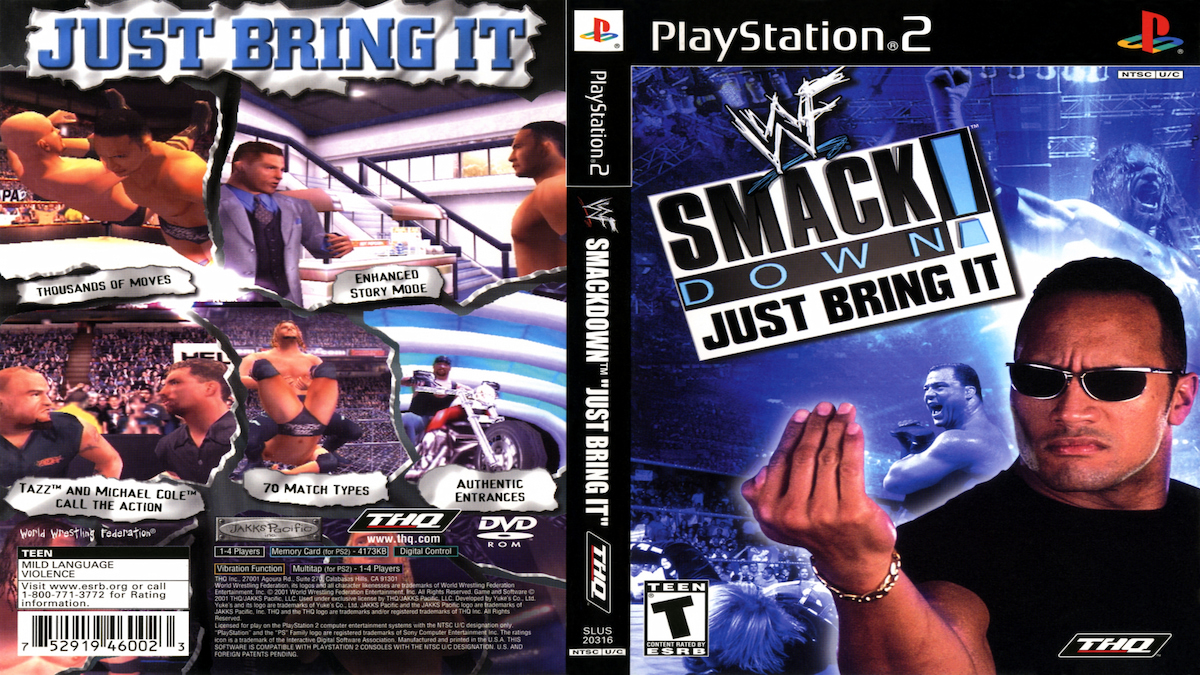
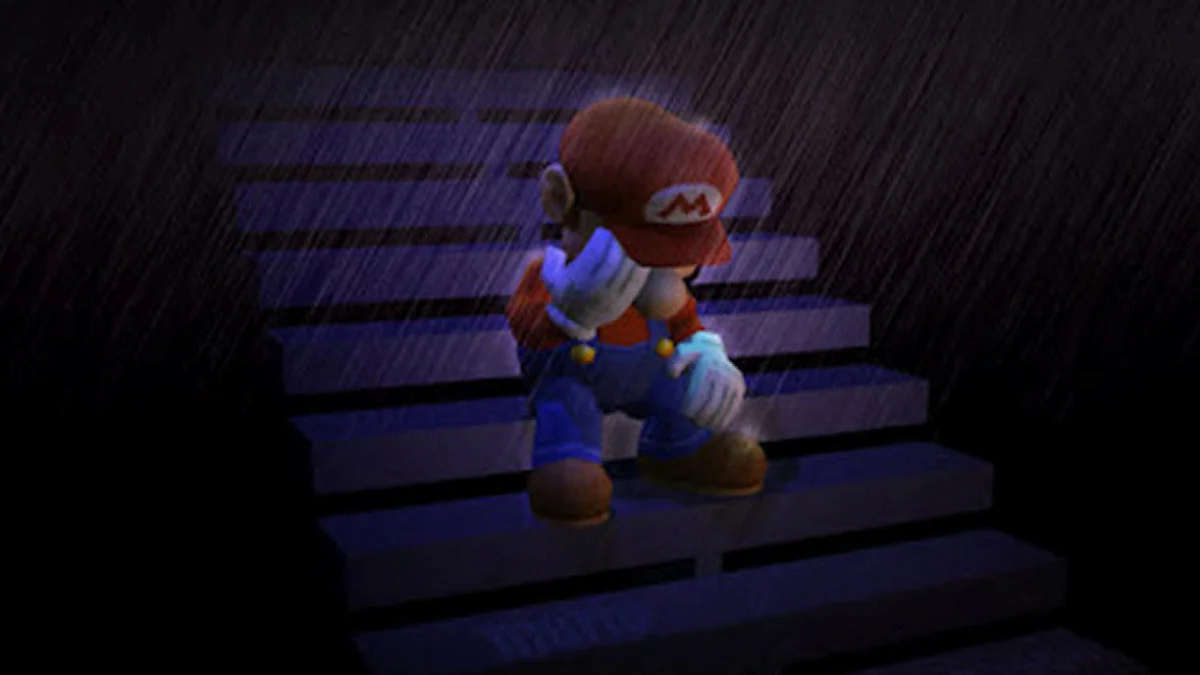
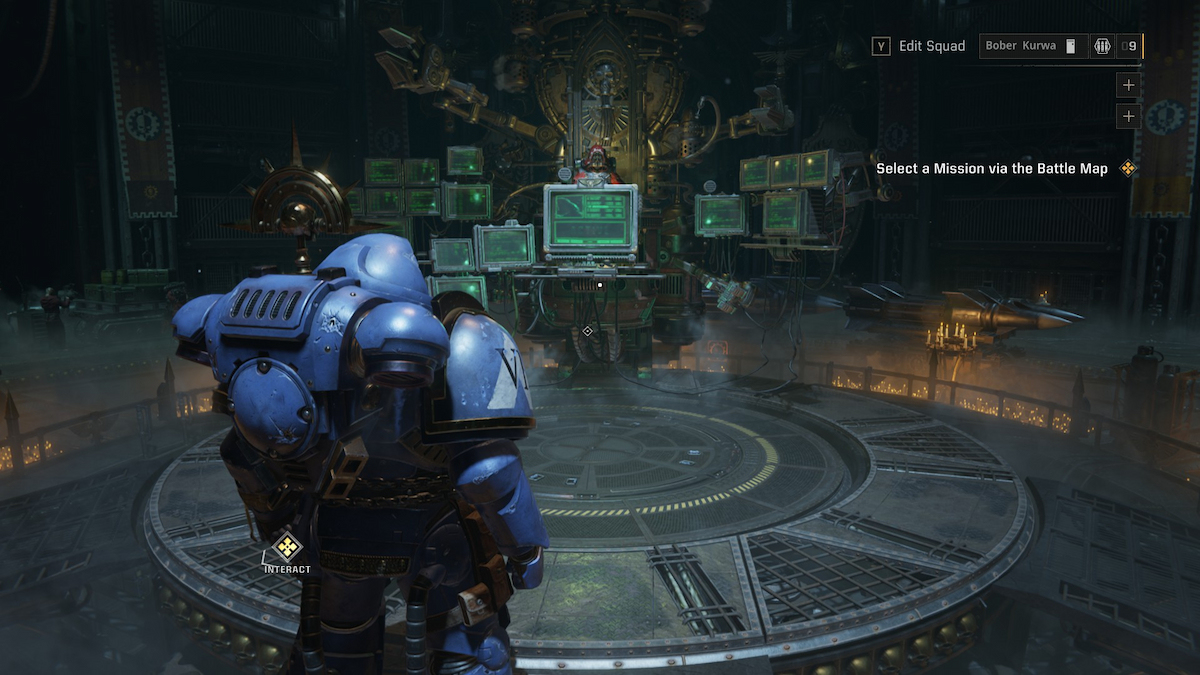
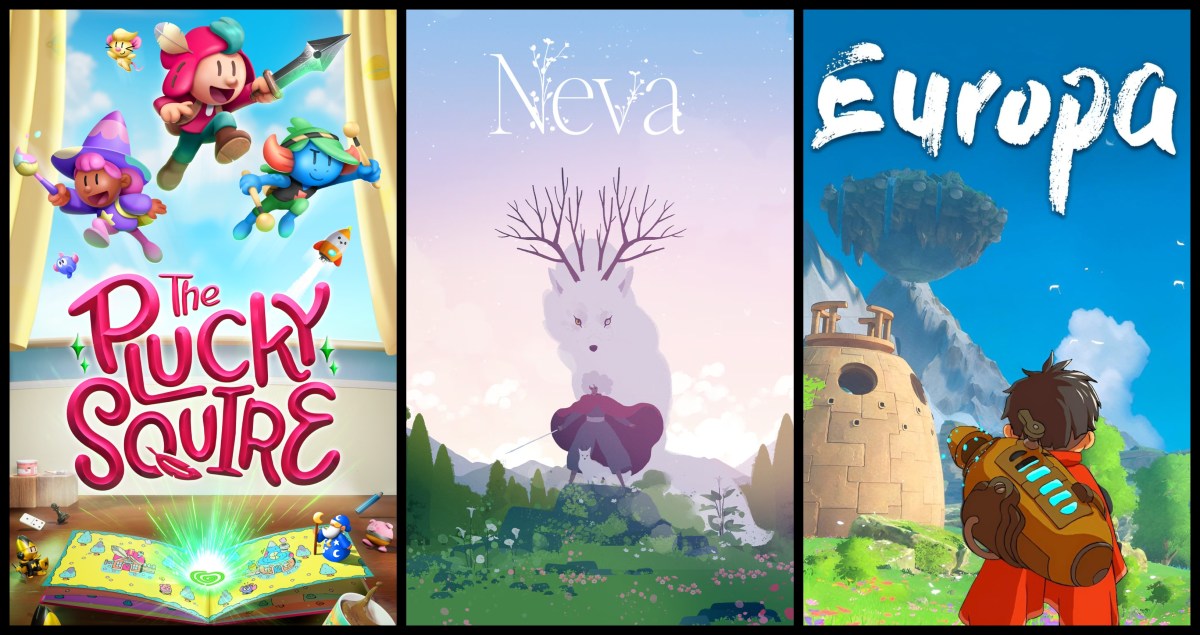
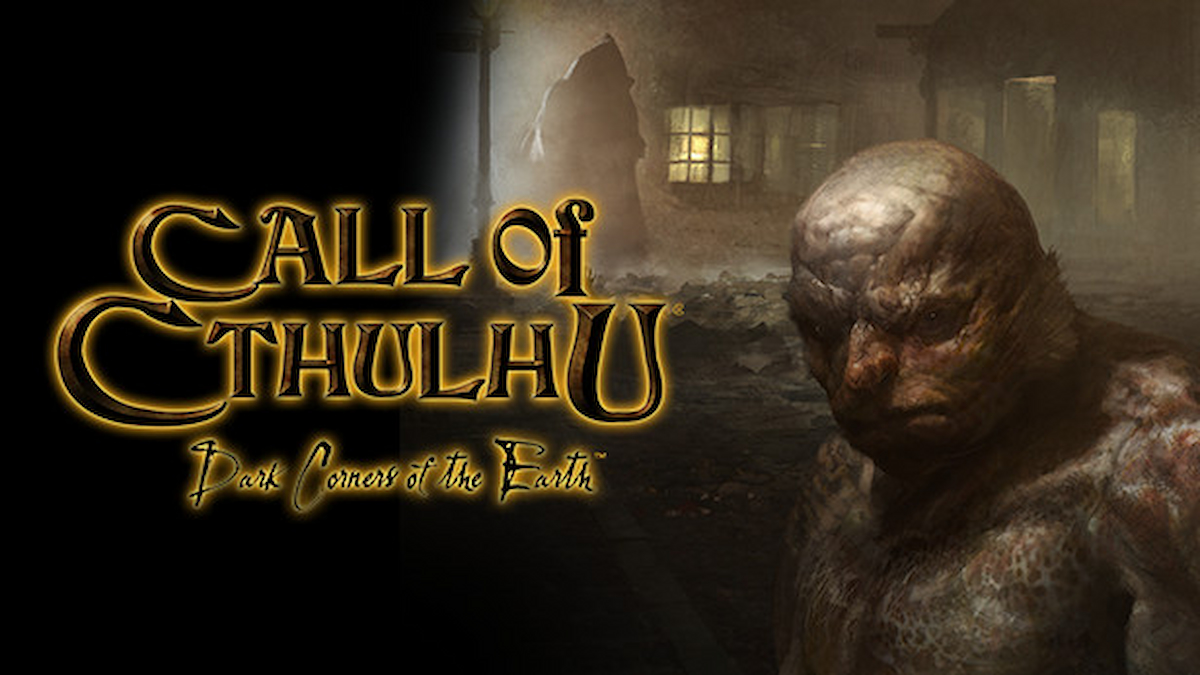
Published: May 31, 2017 08:32 am